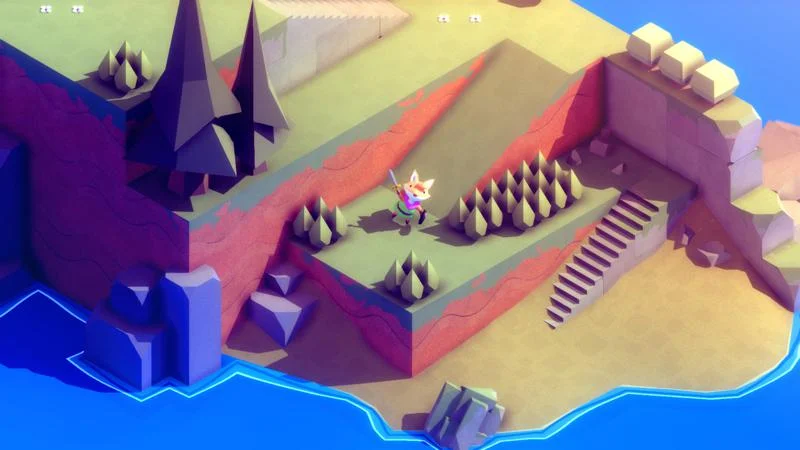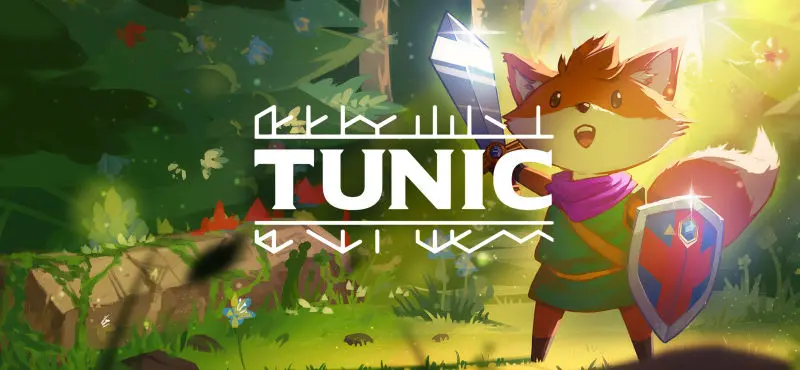If there’s one thing I didn’t expect in 2022 – a year where a global energy crisis has initiated rapid demand for alternative, cleaner fuel alongside an ever growing consensus that we as humans produce way too much waste – it’s a return of the video game manual. I imagine a lot of kids nowadays aren’t even aware of the majesty of a manual: a relic of simpler times where the gaming industry still pumped out shoddy AA movie tie-ins and microtransactions were nothing more than pick-a-mix purchases at a corner shop. The digital backbone we rely on for most of our gaming nowadays didn’t exist, and accompanying our physical discs in their flimsy, brittle cases (or equally fragile cardboard boxes going further back) was an often thin booklet detailing the goings on in that particular video game.
They were often a load of shite, especially towards the end of their life as publishers saw them as a necessary oddity which just came with video games as standard and amounted to little more than an explanation of the controls and a completely worthless memo page at the end. There were some good ones, notably from Nintendo who have always had one foot in quirks related but not necessarily part of the video game itself, but by and large, I don’t miss them a whole deal.
In this age of downloads we now live in, an IGN walkthrough will suffice if you need that knowledge boost a manual might offer, but in Tunic, a game which wears its Zelda inspiration on its green, tan sleeve, mystery is a core tenet, information is scattered and scarce, and figuring out what to do is just as much a task as actually doing it. The manual did actually come in handy with some old school Zelda games, notably its original NES release which benefited so much from a guide it made playing without one a nightmare. But Tunic, much like most indie games, forgos physical releases entirely, and even if it did, the intangible and torn pages of its manual are an intrinsic affair, only possible in a digital realm.

Pages are strewn across an arrangement of different zones, ranging from idyllic yet mouldering woodlands to ocean-side beaches and underground hostile caverns. Collecting them is key, as Tunic is an intentionally puzzling game, utilising an isometric angle which frequently disguises shortcuts, loot and even main progression paths in plain sight, only if the camera would pan a little. The mechanics of it are equally obtuse. Fundamentals like the act of praying to activate certain checkpoints or what our various equipment does is obscured by a lack of a manifest tutorial and a runic, indecipherable language. Our digital manual is key to all of this, but even when we collect pieces of it, the game laughs in our face again, giving us a detailed map of the Froggy Domain while we’re stuck on the beginning peninsula with no amphibious abode anywhere in sight. It’s only when you glue them together, cross reference them and read the fine details and crude scrawlings that you learn how to progress. It’s ingenious, and very Nintendo; The aspiration as a Zelda competitor are clear, but it’s the subtle treading of their most famous mantra which shows true quality: “lateral thinking with withered technology”.

Tunic is unapologetically stunning, and proves as another example of just how proficient indie developers can be at creating aesthetically gorgeous displays in their games. I found myself thinking of The Tourist during my playthrough, as Tunic uses realistic lighting in a similar fashion, with shadows bending and abruptly stopping according to surrounding architecture. Sun rays peak out through gaps in eclipsing trees, and if we decide to pass time at a rest point to heal or level up, large swathes of orange-tinged light soars past our little fox protagonist is an epic display of visual beauty. There latent physics system also plays a role in forming the wonderment of Tunic’s world, existing as a backdrop for small objects like crates and pottery to fly about when struck, breaking into fragments and forming their own shadows, fulfilling their purpose of making the world feel authentic and yet otherworldly in its placid ambiance.
And yet with all this detail to be found in its world – with moss covered rocks beneath our feet and grass shooting up in varying sizes and formation, meeting rays of dust only illuminated by the radiance of the sun – Tunic has an air of minimalism to it. Our foxy protagonist may shine vividly in the sun, highlighting their limbs in naturally random ways, but they’re a clean chap, using only a limited pool of colours for their fur and plain clothes. Enemies, perhaps in the pursuit for clarity more than anything, rarely stray from bold, single colour designs. Water is blue, and grass is green, and outside of the interactions with shadowing, they’re resolute in their homogeneity in colour. It’s impressive then that much of Tunic’s secrets are hidden in plain sight. Paths tucked away behind walls or through the tight organic alleyways of shrubbery may lead to a chest, or even to an entire new realm. The aforementioned isometric angle is the key to all of this, but there’s evidently a director behind the camera, panning and zooming as they see fit, bowing to no demands of the player. Moving through a concealed pathway may have the camera sway majestically to the side, not only showing off the game’s visual handiwork but revealing a part of the world you never would have believed existed.
It plays a key role in how you get anywhere in Tunic, as the traditional Zelda gameplay is met with exploration that is truly cryptic, much fairer than The Legend of Zelda’s random wall bombing, as pathways are impressively hidden in keeping to the world’s visual formation, but will overstep its boundaries often and become quite irritating and enigmatic. You can look no further than in the Froggy Domain, a relatively short dungeon which has the player fight a few frogs on their way to a main chamber, once housing a magical artefact capable of a new swift and essential movement means, but the pedestal where it should lay is empty and we’re plainly told it’s “stolen”. I was stuck here for a good half an hour, as it was clear I had to be here to get the artefact, I can see where it actually is from a ledge in another room, but I don’t know how to get there. It’s a cookie just out of reach, taunting me, and I’m fucking hungry. The way forth it just outside the pedestal room, in fact, as you can see part of the wall to the right blown open, but it’s not completely obvious, perhaps a suitable entrance for a secret or optional tool, but for something essential, I felt slighted by the games inveterate inscrutability.
Tunic is upfront with its inspirations, and our protagonist fox is a damn cute one, adding to the whole Nintendo aura and combined it completely misrepresents the game. It’s hard, both in that inescapable sense of directionless, and simply in the combat, a flimsy top-down Souls-like experience with none of what makes a Souls-like satisfying. We have three resource bars: health, stamina and mana. In an interesting twist, attacking is independent from all of these, as stamina instead dictates how many hits you can take with your shield and how often you can dodge, both techniques which prove invaluable. Unique differences aside however, all of it ended up frustrating me, from the imprecise damage feedback to the lumbering movement to the absurd recoil and so on. The first entry in that list in particular had me throw down my controller at the penultimate boss and give in, with the boss employing several varied attacks ranging from a tepid single slash of a sword to a threatening boomstick shot. You learn generally how tough each move is, but only from being struck by them and looking at your health bar, not necessarily by the move’s visual impact or your character’s response.
The idea of a Souls-like experience (purely in the moment-to-moment combat angle) from the top down perspective is an engaging one, but Tunic’s interpretation is too sluggish and anaemic to warrant praise. Enemies have a tiny, almost imperceptible poise bar which governs whether you can stun them in a chain of attacks, and due to the design of it being so miniscule I ended up just having to learn the hard way whether I can stunlock them or not. For all its visual wonder, it’s offset by reduced, unsatisfying combat animations, adding to my frustration by attacks not correlating with their perceived damage output. The briefly mentioned recoil was further insult to injury, as any non-boss enemy gets sent flying away from you when struck which often means you can’t complete your combo.
Tunic and its manual are inextricably tied together, and if you ask me what Tunic is about, it’s about that manual, a homage to a resource now extinct, forming a new means of puzzle solving and nostalgia plenty. Having pages turn up out of chronological order worked wonders in creating a sense of mystery, and playing detective was almost just as integral as the core gameplay itself, matching information from page 2 to page 40, which details a map relevant to page 23 and so on. It’s utterly charming too, brimming with small details which may seem inconsequential at first and mere fluff – at times almost palpably with how much texture they have – but as you realise how they relate to other mechanics and functions, you have serious eureka moments.
It sucks then that I ended up walking away from Tunic irate, and not in the same way I may walk away from being made one with the stone floor in Elden Ring 50 times, but one where I feel like progression is out of my hands, tied behind layers of mystery, backtracking and downright boring combat. I’m turning from Tunic knowing there is something special at its heart, but if the recent release of Elden Ring has taught me anything, it’s that I’m not settling for cheap imitations of a euphoric combat system to find it.

